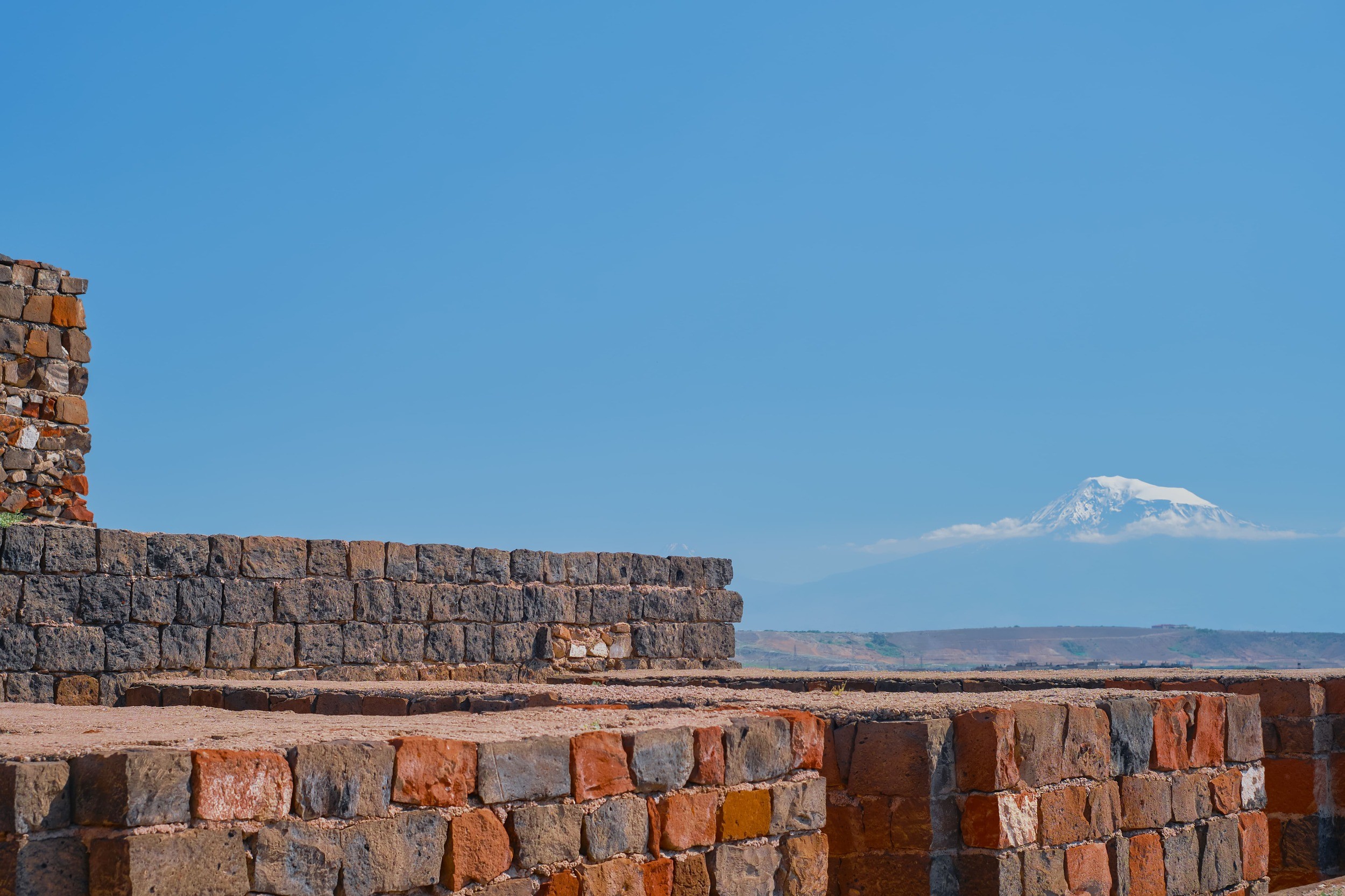Not many existing peoples can call themselves ancient. Among them are Jews, Chinese, Ethiopians, Basques... and Armenians. It is impossible to say with one hundred percent accuracy how old Armenia is, but we tried to understand the most common theories and get an idea of where the Armenians came from. Vladimir Petunts, a teacher of the history of Armenia and the history of the Armenian Church, helped us with this.
Contents
- The first people on the Armenian land
- Noah and his descendants
- How many peoples, so many opinions
- What historians say
The first people on the Armenian land
Historians know that the Armenian Highlands were inhabited in the ancient Stone Age (Paleolithic). Archaeologists find prehistoric cave dwellings, burials, and primitive tools. The world's oldest shoes and distillery were discovered in a cave near the village of Areni - they are more than 5,500 years old. A variety of historical finds can now be seen in National Museum of History of Armenia.
There were many tribes on the territory of historical Armenia. As they developed, they formed city-states. This became the basis for the future formation of the ethnic group and the emergence of Armenian statehood.

Photo: Oxbro.ru
Noah and his descendants
Information about the history of Armenia can also be gleaned from the Bible. It is believed that Noah’s Ark stopped at Mount Ararat, and, as we know, it was located on the territory of historical Armenia. All those who survived the Ecumenical Flood began to settle here.
According to the records of Movses Khorenatsi, the history of the Armenian state is connected with the great-great-grandson of Noah, the titan Hayk (Hayk) Nahapet. In those days, the ruler of Babylon was the Titan Bel. He wanted to dominate everyone and everything in this world. The rebellious Hayk did not obey Bel: he left Babylon and founded a settlement, and then a state, around Ararat. Angry, Bel attacked the mountainous country, but Ike was stronger. In the battle at Hayots-Dzor, Hayk killed Bel with just one arrow. This event took place on August 11, 2492 BC. On this date, the ancient Armenians began to celebrate the New Year - Navasard.
The winner and liberator Hayk the Archer began to be considered the progenitor of all Armenians. The people call their country Hayastan, and themselves Hayastan. With Hayk, the legendary dynasty of the Haykids, the first kings of Armenia, began.

Photo: Zham.ru
How many peoples, so many opinions
The story told above conveys an idea of the origins of Armenia from the point of view of the Armenians themselves. But it is also interesting to know what representatives of other nations said and are saying.
According to Greek tradition and the history of Strabo, Armenia was founded by the Argonaut Armenos of Tesalsky.
In Antiquities of the Jews, the Hebrew historian Josephus writes that the Armenians originated from Uros. But it is still not known which of the Urartian kings is hidden behind this name: the son of Aram or Rusa.
Georgians supported the history of the Armenians. According to their legend, Hayk became the ancestor of the Armenians, and his younger brothers became the ancestors of other Caucasian and Transcaucasian peoples. Thus, Kartlos laid the foundation for the Georgian family. This vision is also close to the Arabs, who agree with biblical history.
What historians say
Modern scientists do not agree on everything with the historian Movses Khorenatsi, who described the actions of Hayk Nahapet. They believe that the prerequisites for the emergence of statehood in the territory of the Armenian Highlands appeared between the 2nd and 1st millennia BC. e. Tribes who spoke the Proto-Armenian language, the Hurrians, Luwians, Mushki and others formed alliances and early states of the Bronze Age. Some of the most influential were Etiuni, Diauhi, Tsupani-Ishuva, Hayasa-Azzi, Arme-Shupria. They formed the core of the proto-Armenian ethnos, formed the early proto-Armenian states, but nevertheless, none of them could yet unite the entire Armenian Highlands.
Urartu was destined to take on the role of unifiers. At first it was an alliance of 40-60 tribes with their leaders, and by the 9th century. under the rule of the ruler Aramu became a single state. Over three centuries, it united all the inhabitants of the Armenian Highlands into a single people. Despite the age, traces of this power, fortresses, and irrigation systems are found throughout the Armenian Highlands. The modern city of Van stands on the site of the first capital of Urartu - Tushpa, and the capital of Armenia Yerevan originates from the Urartian fortress of Erebuni.

Photo: ededchechine
In the VI century. BC. Urartu as a state began to fade. In its place a new force arises. Faced with it, the Achaemenid king Darius was forced to field an army several times in attempts to conquer the Armenian country. Only relying on part of the local nobility, he managed to include the Armenian lands in the 13th and 18th satrapies of the great Achaemenid Empire.
In the trilingual Behistun inscription, the Akkadian and Elamite words "Urartu" and "Urartian" sound respectively like "Armenia" and "Armenian" in Old Persian. It is believed that this is the first written mention of these words, but one should not think that they were invented by the Persians. The Behistun inscription makes us understand that by 522 the inhabitants of Urartu and the country itself were already called Armenians and Armenia by a number of peoples.
Almost two centuries later, Alexander the Great defeated the Achaemenid king and put an end to the great Persian empire. However, his troops did not conquer Armenia itself, and an independent Armenian kingdom re-emerged on the Armenian Highlands.
From the end of the 4th century. BC. states appeared on the territory of Armenia: Lesser Armenia, Greater Armenia, Sophene and Commagene. All of them were later united by the “king of kings” Tigran II the Great from the Artashesid dynasty. Under him, Armenia became the most powerful in its entire history.
The Artashesids were replaced by the Parthian Arsacid dynasty. It is to this group that Trdat III the Great belongs, the king under whom in 301 Armenia was the first in the world to adopt Christianity.

Photo: Wikipedia
We'll probably stop there. We have listed the main milestones of history that are important for understanding where the Armenians came from and how the Armenian state was born. Many more important events awaited Armenia ahead, but they deserve separate articles.
As you can see, scientists still have a lot to discover, unearth and study in order to decide exactly where to start the countdown, where Armenia began. We talked about what is already known, what experts assume. But one thing is clear: the Armenians are an ancient people with a rich and eventful history, which is so interesting to understand.
If you are interested in the history of Armenia and want to learn more about it, then come to lectures from Move2Armenia Culture. You may also like our article “Armenia's religion: what do Armenians profess?".
















Add a comment